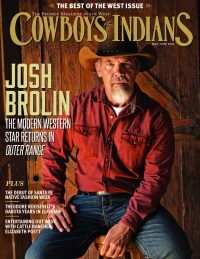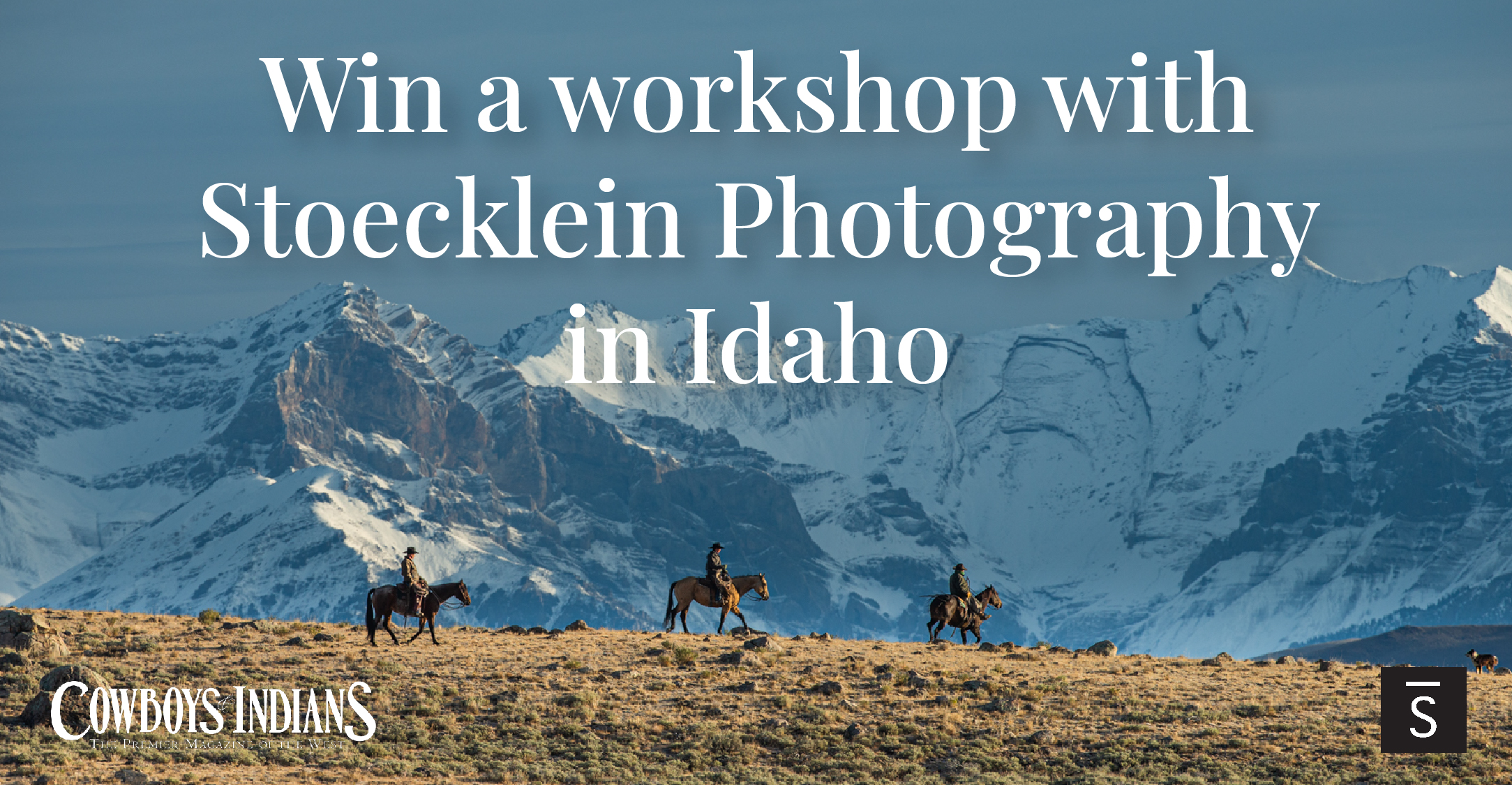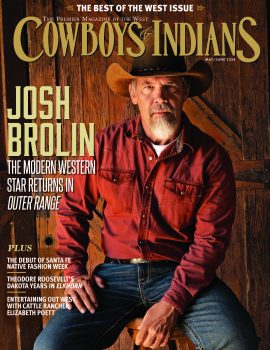Job: Director of Agricultural Operations for Hearst Corporation; Location: California’s Central Coast.
Ben Higgins grew up in a longtime cattle-ranching family on the Hearst Ranch on the edge of San Luis Obispo on California’s Central Coast. His grandfather worked on the property as a cowboy in the 1950s and later leased a “pretty healthy portion” of it through the 1980s for grazing.
“I’m a Central Coast native with deep roots in the area,” Higgins says. “My Swiss-Italian family has been here since the early 1900s, raising cattle around the small coastal communities of Cayucos and Cambria. My 93-year-old grandfather was a cowboy on the Hearst Ranch in the 1950s and tells plenty of wild stories about the place. I grew up in San Luis Obispo and was sent to the family ranches as free labor on weekends and during the summer. At the time, it wasn’t much fun — getting up early, picking oranges, feeding cows. Now I look back with real appreciation, and look to give my daughters the same kind of upbringing.”
Despite his family’s involvement in the cattle business, Higgins never envisioned a career in production agriculture; his interests instead tended toward policy, law, and business. But after graduating from California Polytechnic State University in San Luis Obispo, he found that the jobs he wanted were in Sacramento. There, he served four years as executive vice-president of the California Cattlemen’s Association, one of the largest agricultural trade organizations in the state. In 2006 he was appointed by the White House to serve as the state director of USDA Rural Development — “essentially a $500 million investment bank for California’s rural communities, with 20 offices and 150 employees,” he says.
For the past five years, he’s been with the Hearst Corporation as the director of agricultural operations. We caught up with Higgins on the California coast to talk about his job on one of the country’s most gorgeous and storied ranches.
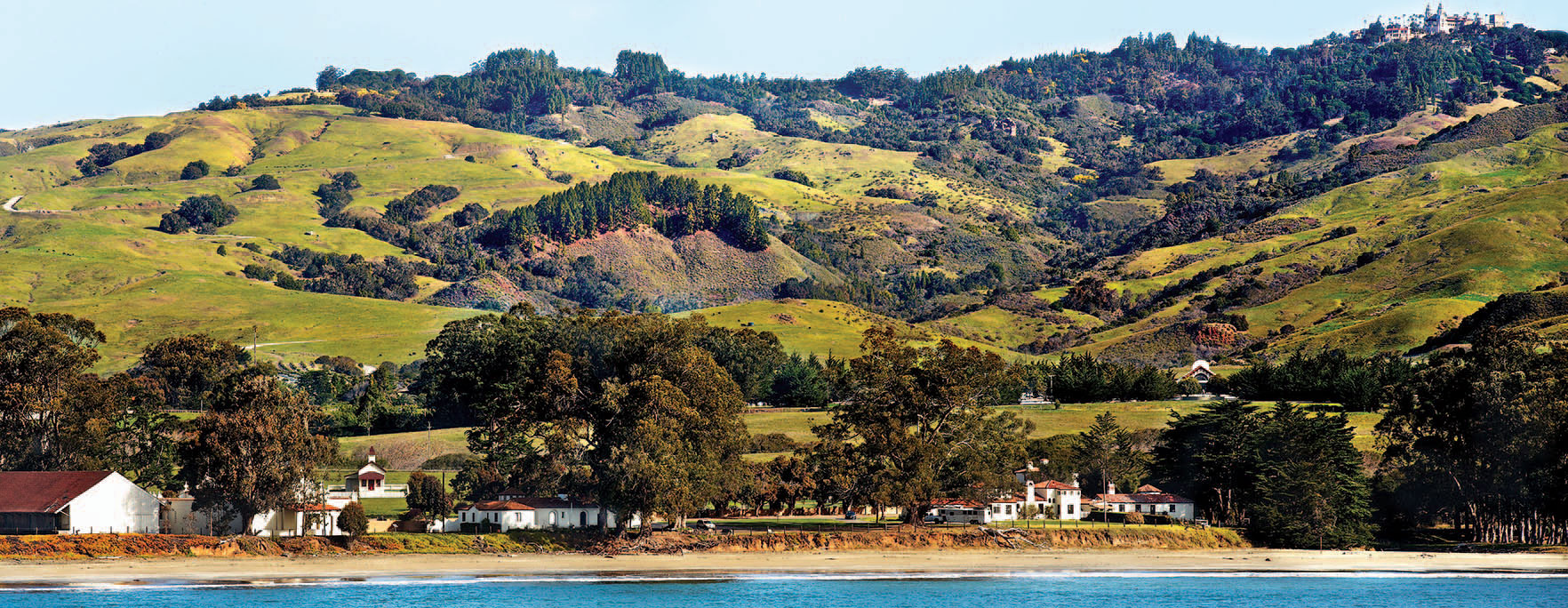
Cowboys & Indians: When people think Hearst, they think Hearst Castle in San Simeon, California, but you have a different perspective. What do you do as the agricultural director for Hearst?
Ben Higgins: I oversee all of the operations on this property, the 83,000-acre San Simeon ranch, and, in addition to that, the 73,000-acre Jack Ranch in the eastern San Luis Obispo and southern Monterey counties.
San Simeon, especially, is a very unique place. It’s 83,000 acres, 128 square miles, 18 miles of coastline, 309 miles of road. It takes about two days of driving to see the whole property. We extend basically from the little town of Cambria up to just south of Ragged Point all along Fort Hunter Liggett back to Lake Nacimiento. It’s an amazing, incredibly special place.
On our operations we produce three principal products. The main one is grass-fed beef.
C&I: What kind of cattle do you have? How many?
Higgins: Like most commercial cow-calf herds in California and throughout the country, it’s a mix. I call it a commercial crossbreed, but predominantly Angus. Mostly black-hided with a little bit of a Hereford influence that produces those white-faced calves. As for how many, [laughs] we haven’t done a head count this morning, but our cow herd consists of about 1,400 animals on the San Simeon property, about 1,300 on the Jack Ranch. Our Jack Ranch cattle inventory also includes 1,100 steers and heifers now being finished on grass for delivery in summer 2018 to Whole Foods Market. Grass-fed Hearst Ranch Beef is sold in 41 Southern California Whole Foods Market stores from Memorial Day to Labor Day. It’s a sizable operation and, truthfully speaking, we have a very small number of very high-quality, very seasoned individuals, our managers and cowboys on both ranches, to help take care of and look after these animals.
C&I: You use real cowboys?
Higgins: Absolutely. I have a ranch manager on each property, and they have their respective staffs, but you might refer to them as cowboys who are out there every day looking after our animals, looking for cows that might need help calving, animals that might need doctoring due to illness, and moving these animals around our different grazing areas on the property. Each of the ranches is segregated by fencing and other barriers into approximately two dozen different grazing areas on each ranch, and our cowboys are on a daily basis moving cattle between these areas to make sure that we are keeping our cattle healthy, protecting water quality, and at the same time efficiently utilizing the available natural forage without overgrazing.
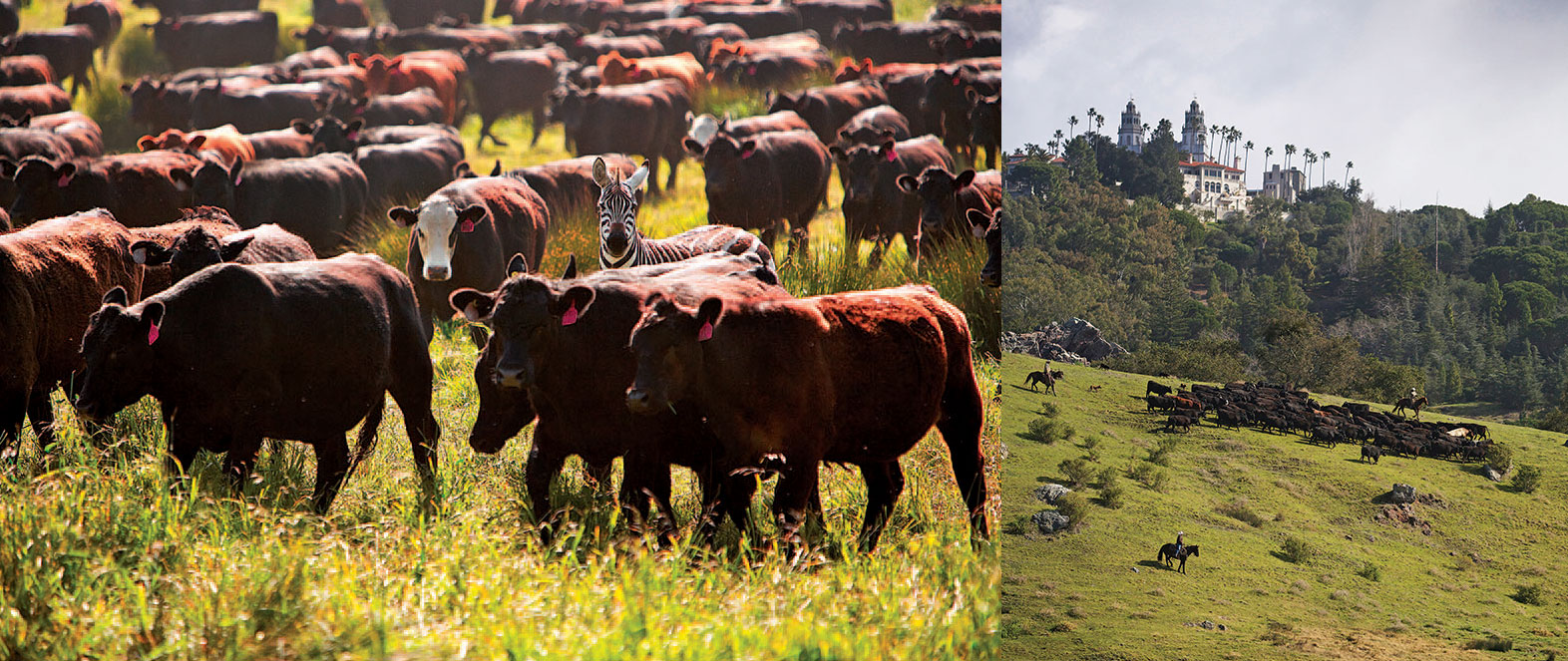
C&I: What kind of wildlife do you have here?
Higgins: We’ve got a little bit of everything. All of the native species that you would expect, of course — blacktail deer, coyote, bobcat, mountain lions, raptors from red-tailed hawks to peregrine falcons to bald eagles. We occasionally see a California condor, although, honestly, that’s pretty rare. And we have some non-native species, too, remnants of William Randolph Hearst’s outdoor zoo, the most famous of which, of course, are the zebras that folks can see along Highway 1. We take an annual census, and I’d estimate right now we probably have about 140 on the property. These are completely wild animals. They do not know they are not on the Serengeti any longer. We don’t look after them, we don’t exhibit them for the sake of the tourists, and quite frankly we would have a very difficult time if we tried. They are very, very skittish. Each of the exotic species that we have on the ranch more or less has their own defined territories, and the zebras live almost exclusively on the southern end of the property near the highway. They enjoy commingling with our cattle down there.
C&I: How many cowboys do you have?
Higgins: On this property, San Simeon, we have our ranch manager, Dann Russell, and he has three full-time cowboys. At the Jack Ranch right now, we have our ranch manager, Keith Pascoe, and he has two full-time cowboys. We recently hired two more gentlemen for the Jack Ranch ... . Having just three guys over there for an operation spanning 73,000 acres — it’s quite a bit of ground.
C&I: On horseback or ... ?
Higgins: Horseback to the extent that we can. Obviously, all the cattle work is done horseback, and with dogs, especially during the gathers. Dogs are pretty essential because of the rugged terrain we have on both ranches and the need to find and move cattle that otherwise are not wanting to move. The dogs themselves are a mix, but the breeds you’re going to find very prominently are Australian shepherd, border collie, and you might see a Catahoula or something a little exotic in there as well. The guys are pretty adept dog trainers. A lot of the younger dogs see how the older dogs work and can garner a lot of that ability just through experience.
C&I: How about the horses?
Higgins: By the time we add them all up — the guys’ saddle horses, the veterans, the retirees we’ve put out to pasture, our broodmares and their colts, and our personal horses — we’ve probably got 50 horses on the ranch. And that’s something that’s very important to us — not just utilizing the horse in our day-to-day operations but breeding these horses and starting and training these horses for the guys right here on the ranch. That’s a practice that’s continued here on the ranch for many decades.
C&I: As much as it’s historic and steeped in tradition, it’s also innovative and very progressive. Tell us about conservation and renewable energy on the ranches.
Higgins: The second product that we produce on the ranches is conservation. The San Simeon property is protected, and has been protected since 2005, from any form of development by a perpetual conservation easement. That’s a recorded agreement with the state of California that essentially prohibits any kind of development or subdivision or intensive commercial use of this property. A lot of the large ranches in California and throughout the country have been cut up or developed into other uses. ... [M]y boss, Steve Hearst, the vice-president of [the] Western properties division for the corporate operation ... began working to develop and negotiate the conservation easement, which now protects this and will keep this property a working cattle ranch and wildlife habitat in perpetuity.
In 2015, on the 150th anniversary of George Hearst’s purchase of the San Simeon property and the 10th anniversary of the San Simeon conservation easement, we added a third product — renewable energy — to the ranches’ portfolio. First Solar is now building the 280-megawatt California Flats solar project at the Jack Ranch, covering about 3,000 acres of the property. All of this electricity — enough to power 100,000 homes — is going into the grid. Like the San Simeon conservation deal, Hearst’s goal is to provide an alternative source of revenue that subsidizes the cattle operation in lean years and insulates the ranch from development pressure. This has been a project many years in the making, with the first phase (130 megawatts) now in commercial operation, and the remaining 150 megawatts to be completed in late 2018.
C&I: It sounds like an around-the-clock operation. Do all the employees live on the ranch?
Higgins: Yes. These are 24/7 jobs. There are emergencies, whether it’s fire or flooding or whatever inclement weather we’re dealing with at the moment. We might have a fence down, cattle out where they’re not supposed to be, or other kinds of issues. Trespassers certainly are an issue on both properties. So I, and most of the other employees, live here on the ranches with our families. It’s a pretty special opportunity, and a pretty neat way that Hearst has done business, really, since the 19th century.
C&I: What do you like most about being here?
Higgins: That’s a really easy question to answer. My favorite, without a doubt, thing about being here and working here is showing this property to people for the first time. There’s certainly no bad views from my office, but to see the look on people’s faces when they’re experiencing it for the first time really reinforces to me what a special place this is and the awesome responsibility of being a steward here for the next generation.
From the July 2018 issue.
More Living West
The Family Ranch
Honoring a Young Cowboy Taken Too Soon
Best of the West: Go Wild



